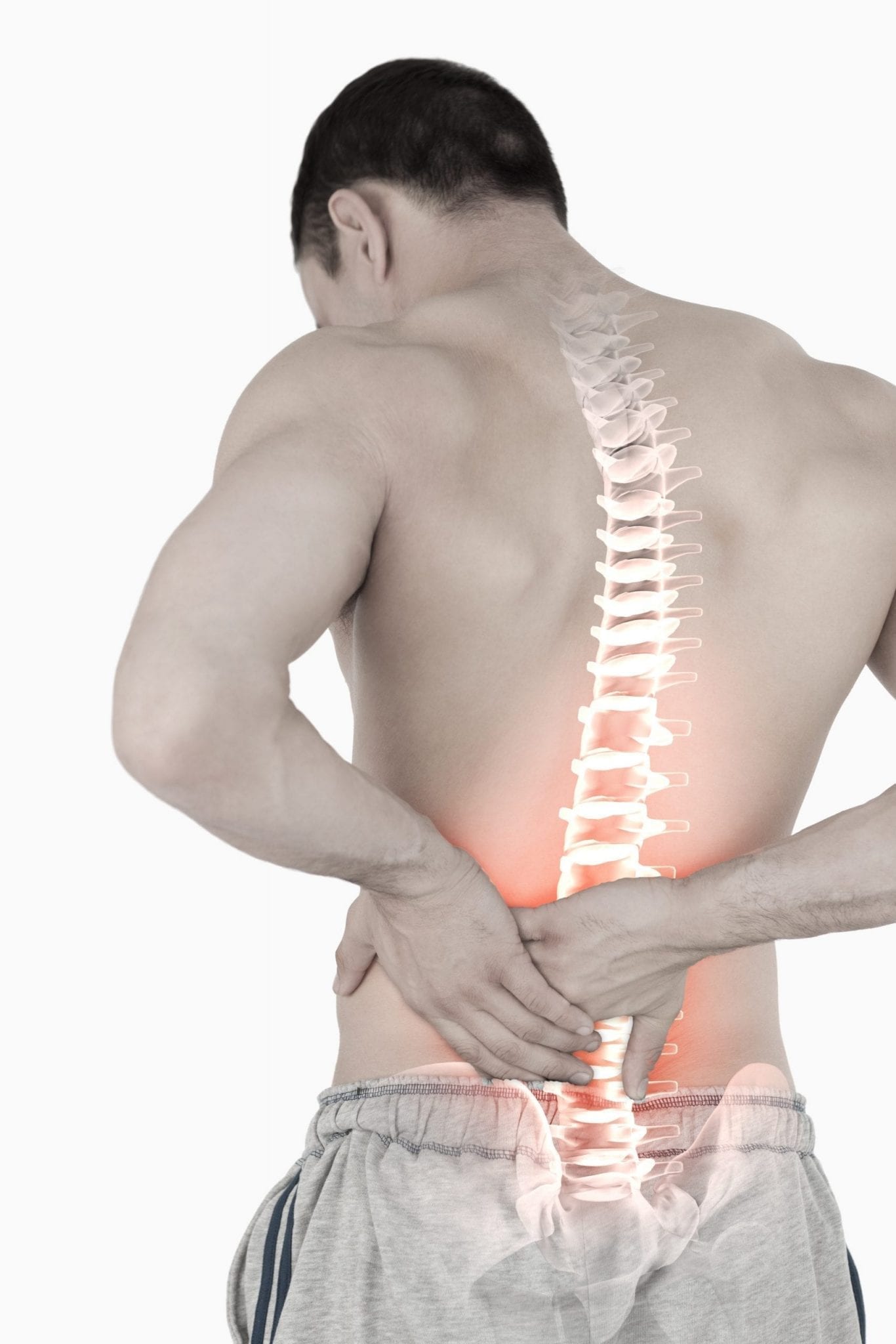Every year, over 2 million people will complain of some form of back or neck pain, and in many cases, it can clear up very quickly. However, both back and next pain can be very unpredictable, and in more serious cases can cause onward neurological consequences such as sciatica.
Back and neck pain is most often caused by a sudden or traumatic action, such as whiplash following a car accident, or lifting a heavy load, but it can also present with a more gradual onset, such as sleeping in an awkward position or sitting for long hours at a desk with poor posture. Pain can also be referred, meaning that the root cause may be somewhere else in the body, not necessarily directly located in the back or neck.
This type of pain can be very disabling and difficult to deal and if ignored, research has shown that pain can continue to occur over and over again. It is important to have treatment as soon as symptoms start to appear before the problem aggravates or becomes chronic.
How Physiotherapy Helps
Back and neck pain are a form of musculoskeletal injury, which physiotherapy is extremely effective at dealing with. A physio will first check if there is a more serious health problem underlying that may be connected to your back pain, so as to ensure that prevention of further problems can also be dealt with during your treatment.
In addition to pain relief, there are numerous techniques that a physio might employ that have been proven to be effective a dealing with back and neck pain. These include manual treatments such as massage, soft tissue release, trigger point therapy and joint mobilisation and in some cases acupuncture also. Your physio will always discuss your treatment plan with you prior to starting.
What to expect at your appointment and follow on treatment
- Firstly, we will come to you, take a full medical history, assess your injury and broader body (for related causes) and as your surrounding environment to ensure we have the fullest picture prior to recommending treatment. We will also discuss your expectations which are critical to successful injury rehabilitation.
- For a back or neck injury, this will include a good look and assessment of your upper body, which may require you to remove some clothing, so it’s a good idea to dress comfortable and wear suitable underwear.
- We will then form a treatment plan with you, which will include a series of exercises to do outside of our physiotherapy sessions. The most successful recovery happens with your commitment to the plan when the physio isn’t there!
Top Tips for managing back & neck pain
- Continue with your normal day to day activity as much as possible.
- Don’t overcompensate on your body, which can place undue stress elsewhere.
- Keep moving and continue with activities such as walking or swimming.
- Over the counter pain killers such as ibuprofen can help reduce inflammation but should only be taken on advice by your GP or physio.
- Check your posture when sitting for long periods of time, such as watching TV or playing computer games.
- Avoid sitting for too long in one position, particularly when driving or working (it is advised to have at least a 10minute break every hour, getting up to stretch and move about).
- Gentle stretches can help prevent stiffness.
- Take care when lifting objects, making sure to bend your hips and knees to use the power in your legs (rather than your lower back).
- Check your bed mattress to ensure it supports your body weight properly.
- Look at your general health and diet. Being overweight, or excessive smoking can both impact injury and how quickly your body can recover.



